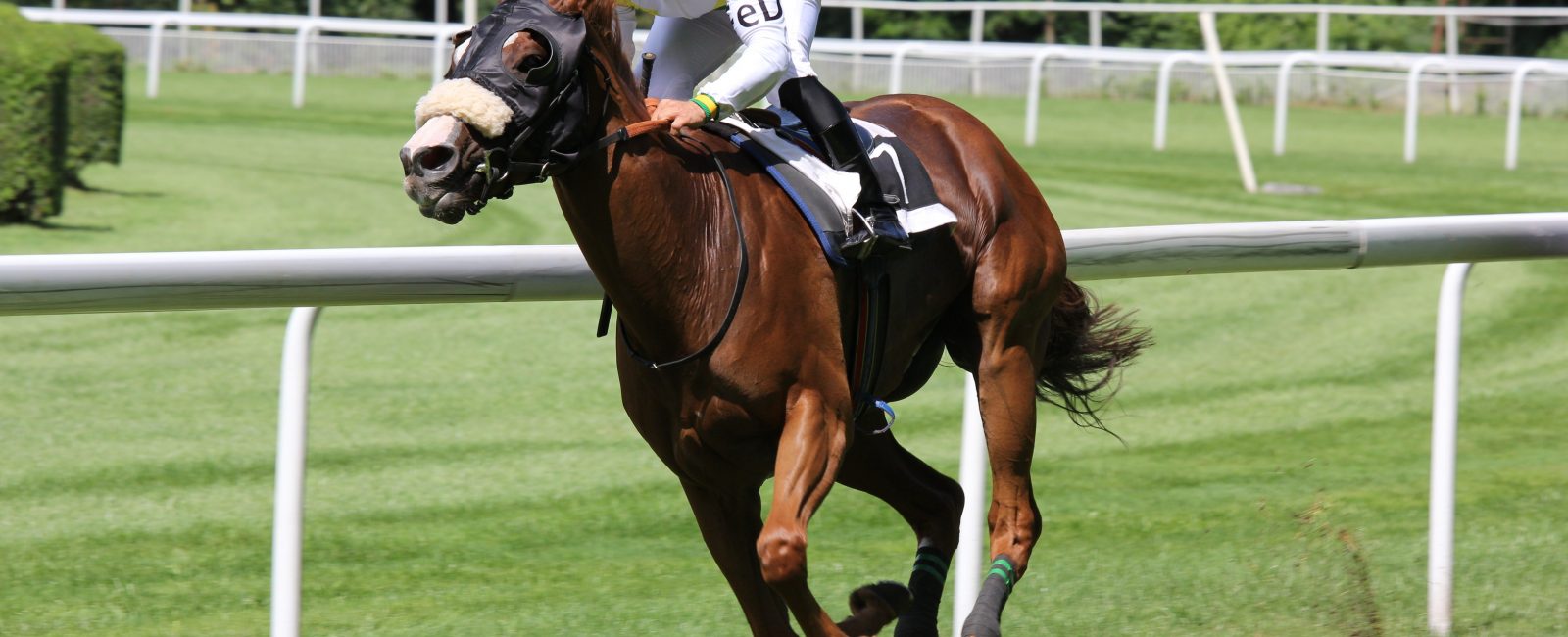Horse racing is a great sport with a long history. This history gives it its quirks and traditions that have all come to know and love. For example, the sport has added words to our vocabulary. Did you know that when you are dishing out the advice and shouting at your mates to “get in on this NAP bet” that you are actually speaking French – get you! Well, kind of; the term ‘nap’ comes from a French card game called Napoleon in which the best (and automatically winning hand) is called a ‘nap’. You will be the first pick for the pub quiz team armed with that kind of info!
In this article we take a look at one of the sport’s other defining characteristics – the jockey uniform as we ask why do jockeys wear silks?
The word ‘silks’ refers to the jackets worn by the jockeys. As you know, these are often brightly coloured, and they are always distinctive. The jockey wears the owner’s silks and these must be registered with the racing commission at the track.
It is common for the jockey to wear different silks for each race. These tend to vary in colour and pattern. However, there will likely be a common theme that denotes the family or stable that the horse represents.
Despite being called ‘silks’ the jackets are not made entirely of silks as they once were. Modern silks are more likely to be made of a combination of nylon and lycra.
Initially, silk was used as the material of choice due to the fact that it is lightweight. This, of course, is an element that needs careful consideration when winning relies on speed.
The silks are also seen to be aerodynamic as they are designed to be form fitting and therefore do not interfere with speed or motion at the high speeds experienced when racing.
On a more aesthetic note, the silks also help to adhere to the glitz and glamour that we associate with the races. When it comes to putting on a show and providing a great day out, we all know how important it is to dress up for the event. Having a distinctive and colour parade of silks adds to the atmosphere and the feel of the day.
For bettors and spectators, the silks and their unique colours and patterns also help with identification in the paddock and on the track. It is easier to track your horse and its progress if you can pick out the brightly coloured jacket worn by the jockey. Although, as we all know, the colours often become a blur as the pack races past at top speed. It is interesting to consider that back when horse racing was first enjoyed by spectators, the jockeys all wore the same colour – very confusing for the spectators as they had a tough time trying to distinguish whether the horse they had backed was in the lead. There was often a lull (and some misplaced cheering) as the winner was identified and communicated with the crowd. The advent of distinctive silks made this a much easier process and avoided some embarrassment for those who thought that they had won a bet only to find out that they were looking at the wrong horse!





